If you're considering a hybrid car, one of the first questions that might come to mind is whether or not you'll need to charge it. The answer depends on the type of hybrid you choose. Traditional hybrids don’t require external charging, while plug-in hybrid vehicles (PHEVs) offer the option to charge the battery through an electrical outlet. Understanding the differences between these two types of hybrids is key to knowing how often, if ever, you’ll need to charge your car.
How Do Traditional Hybrid Cars Recharge Themselves?
Traditional hybrid cars, like the Toyota Prius or Honda Accord Hybrid, are designed to seamlessly blend the benefits of both a gasoline engine and an electric motor. Unlike plug-in hybrid vehicles (PHEVs), traditional hybrids do not require any external charging because they have an ingenious self-recharging system built right into the vehicle’s operation. This system relies primarily on two key processes: regenerative braking and energy capture from the internal combustion engine.

Regenerative Braking
One of the most innovative features of traditional hybrid cars is regenerative braking. This technology allows the car to convert kinetic energy—energy generated by movement—into electrical energy, which is then stored in the vehicle’s battery. Here’s how it works:
When you press the brake pedal or even when you simply lift your foot off the accelerator, the electric motor in a hybrid car switches into generator mode. Instead of using the brakes alone to slow down the car, the motor works against the direction of travel, creating resistance that slows the car down. As the motor resists the car’s motion, it generates electricity. This electricity is then sent back to the car’s battery, replenishing the energy that was used to power the electric motor earlier.
This process is incredibly efficient because it captures energy that would otherwise be lost as heat in conventional braking systems. By recapturing this energy and storing it in the battery, the car can use it later to power the electric motor, reducing the need for the gasoline engine to kick in. This not only improves fuel economy but also reduces wear on the braking system since less force is required from the traditional brakes.
Energy Capture from the Gasoline Engine
In addition to regenerative braking, traditional hybrids also recharge their batteries using the excess power generated by the gasoline engine. Here’s how it happens:
When you’re driving at steady speeds or under conditions where the gasoline engine is running efficiently—such as on the highway—the engine often produces more power than is needed to maintain the car’s speed. Rather than letting this extra power go to waste, the hybrid system directs some of it to a generator, which converts mechanical energy from the engine into electrical energy. This energy is then stored in the battery for later use.
This energy capture process is particularly useful during steady cruising or when the gasoline engine is operating in its most efficient range. The car’s onboard computer manages the flow of energy, determining when to direct power to the wheels and when to divert it to the battery. As a result, the hybrid car can maintain an optimal balance between fuel efficiency and battery charge, ensuring that the electric motor has sufficient power when it’s needed, such as during acceleration or when driving at low speeds.
Seamless Integration for Efficiency
The beauty of traditional hybrid systems lies in their ability to seamlessly switch between the gasoline engine and the electric motor, or use both simultaneously, depending on driving conditions. When you’re driving at low speeds, such as in city traffic, the car might rely more on the electric motor, using the stored energy in the battery. As you accelerate or climb a hill, the gasoline engine takes over, providing the necessary power. During these transitions, the car continues to capture and store energy, ensuring that the battery remains charged without any need for external intervention.
This self-sustaining energy system allows traditional hybrids to deliver impressive fuel economy and reduced emissions while providing a driving experience that’s largely similar to conventional cars. For the driver, the process is entirely automatic and requires no special input—just drive as you normally would, and the hybrid system takes care of the rest.
In summary, traditional hybrid cars recharge themselves through a combination of regenerative braking and energy capture from the gasoline engine. These technologies work together to keep the battery charged and the electric motor ready to assist whenever needed, providing an efficient and environmentally friendly driving experience without the need for external charging.
What Makes Plug-In Hybrid Vehicles (PHEVs) Different?
Plug-in hybrid vehicles (PHEVs) offer a unique blend of electric and gasoline power, setting them apart from traditional hybrids. Here’s what makes them different and why they might be a good choice for your driving needs:
Unlike traditional hybrids, PHEVs can be plugged into an electrical outlet or charging station to recharge the battery. This external charging option gives you the flexibility to start each day with a fully charged battery, ready for electric-only driving.
PHEVs are equipped with larger batteries compared to traditional hybrids. This increased battery capacity allows for longer distances to be driven purely on electric power, often covering daily commutes without needing to use any gasoline.
Thanks to their larger batteries, PHEVs can operate on electric power alone for more extended periods. This extended range means you can handle many of your daily drives without burning a drop of gasoline, contributing to lower fuel costs and emissions.
PHEVs combine the benefits of an electric motor for urban driving with the reliability of a gasoline engine for longer trips. This dual functionality means you get the best of both worlds—efficient, clean driving in the city and the flexibility to take longer trips without worrying about running out of battery.
By using electric power for shorter trips, PHEVs significantly reduce overall fuel consumption. This not only helps lower your fuel bills but also reduces your carbon footprint, making PHEVs an eco-friendly choice.
To make the most of a PHEV’s capabilities, regular charging is essential. This means you’ll need to plan for charging either at home, at work, or using public charging stations. While this might require some adjustment, the benefits of reduced fuel use and extended electric driving make it worthwhile.
In summary, PHEVs offer a versatile driving experience by combining electric efficiency with the convenience of a gasoline engine. If you have access to charging and want to reduce your fuel consumption, a PHEV could be the ideal choice.
How Often Should You Charge a Plug-In Hybrid Vehicle (PHEV)?
How often you should charge your Plug-In Hybrid Vehicle (PHEV) depends primarily on your daily driving habits and the electric range of your vehicle. If your daily commute or routine driving falls within the electric-only range, charging your PHEV every day is a smart strategy. This ensures that you maximize your use of electric power and minimize gasoline consumption. For instance, if your PHEV has a 30-mile electric range and you typically drive 25 miles a day, charging overnight will allow you to start each day with a full battery, ready to handle your daily trips on electric power alone.

Your access to charging stations also plays a crucial role in determining how often you charge. If you have a charging station at home or at work, it's easy to plug in daily and keep your battery topped off. However, if you're relying on public charging stations, you might charge less frequently, perhaps only when the battery is low or before a longer trip. Regular charging can also be influenced by the convenience and availability of these stations, especially in areas where infrastructure is still developing.
Another key factor is battery health. To extend the life of your PHEV's battery, it’s generally recommended to keep the charge level between 20% and 80%. Charging to full capacity every day isn't always necessary unless you plan to use the full electric range. This approach helps avoid frequent full charges or deep discharges, which can reduce battery longevity over time. For longer journeys, using fast charging stations along the way and then charging overnight with a Level 2 charger can be an effective strategy to maintain battery health while ensuring your vehicle is ready for the road.
Conclusion
To get the most out of your hybrid or PHEV, align your charging habits with your driving needs. Traditional hybrids require no external charging, making them easy to maintain. For PHEVs, charge daily if your commute falls within the electric range, and aim to keep the battery between 20% and 80% for optimal health. To ensure efficient EV charging, consider using Autel products. Their reliable solutions, including a home EV charger, make it easy to maintain your vehicle’s battery health and maximize performance. Investing in a quality EV charger from Autel can help you stay charged and ready for every drive.
Related reading

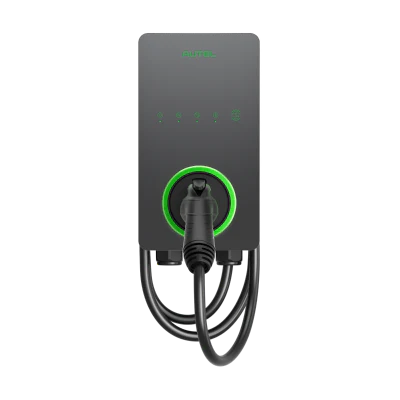
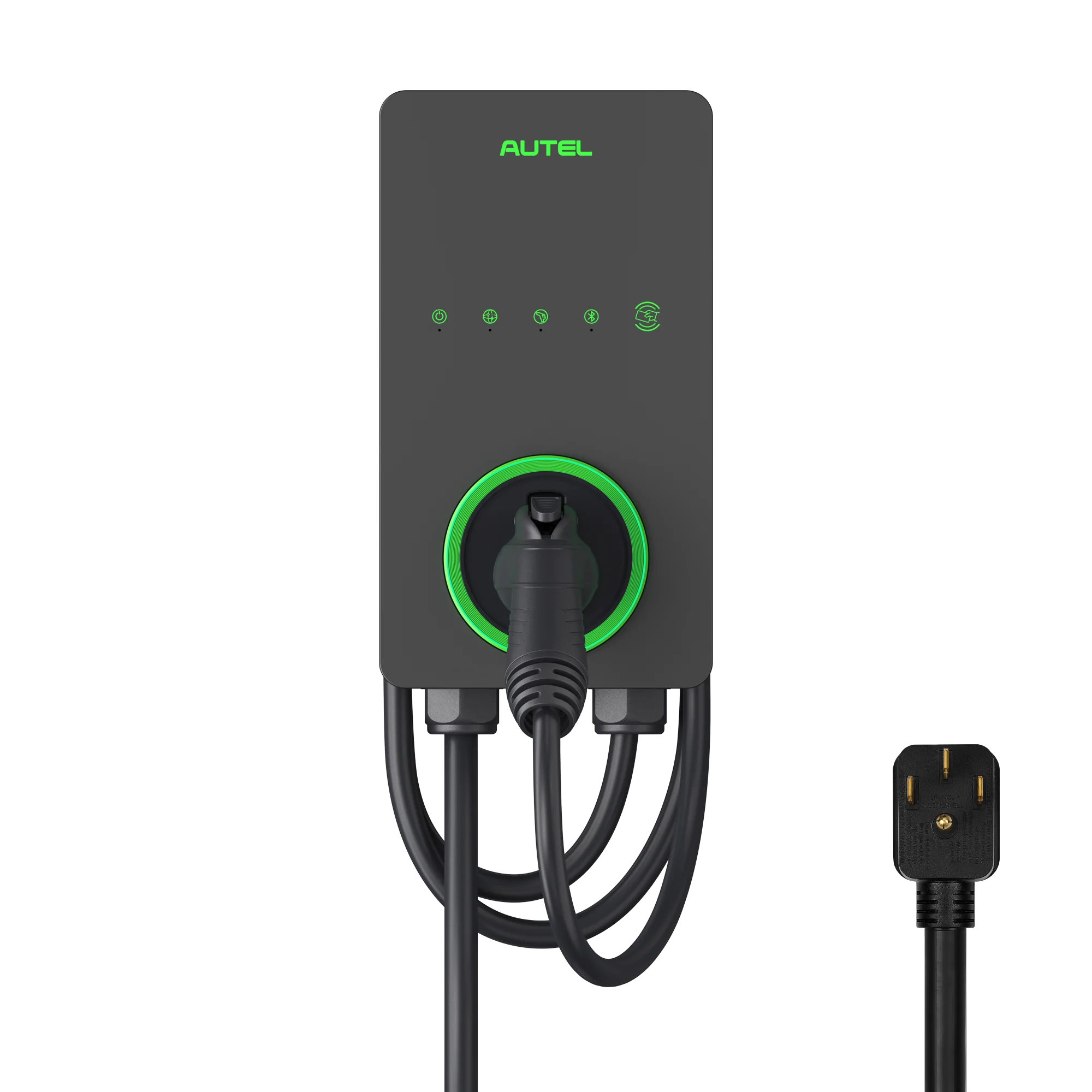
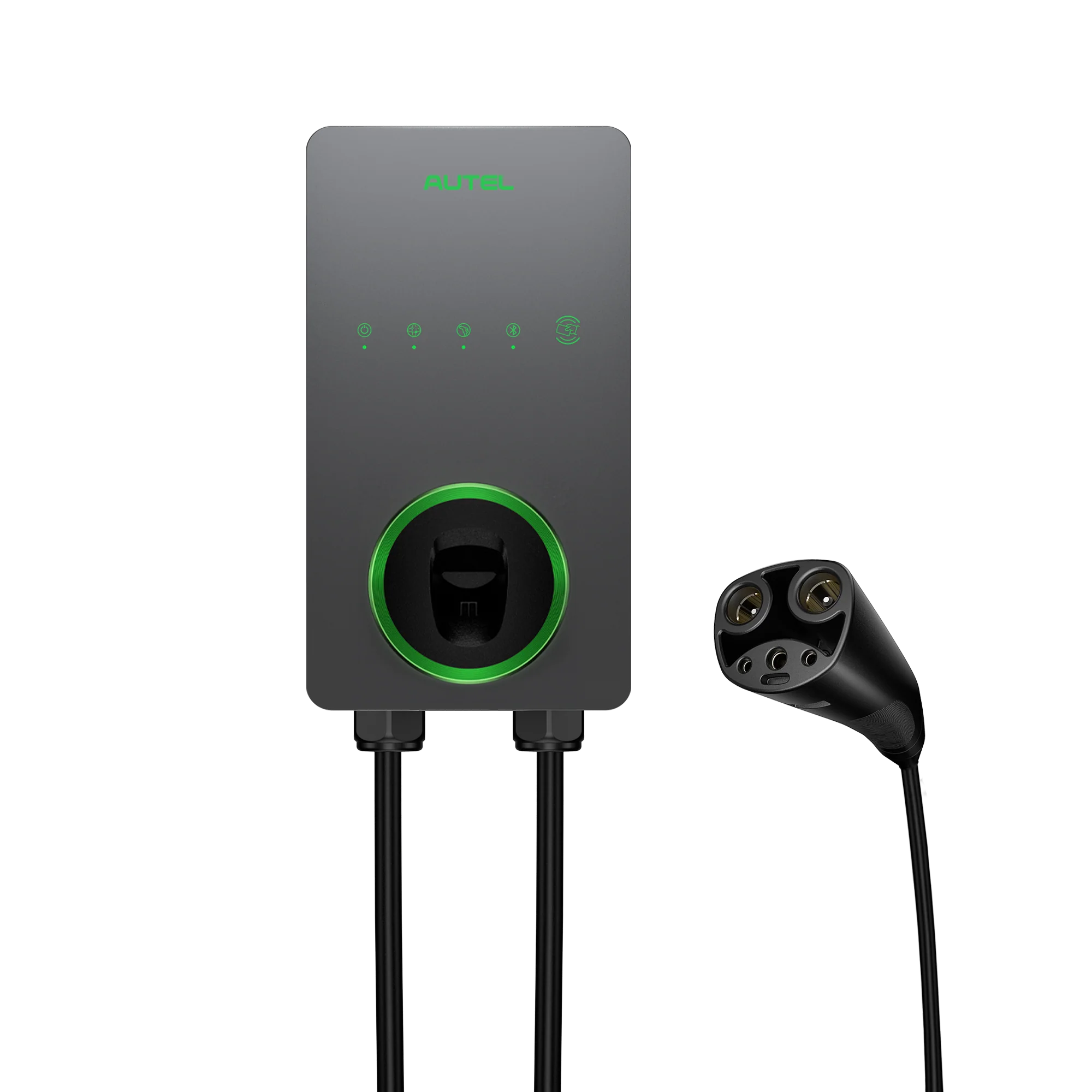
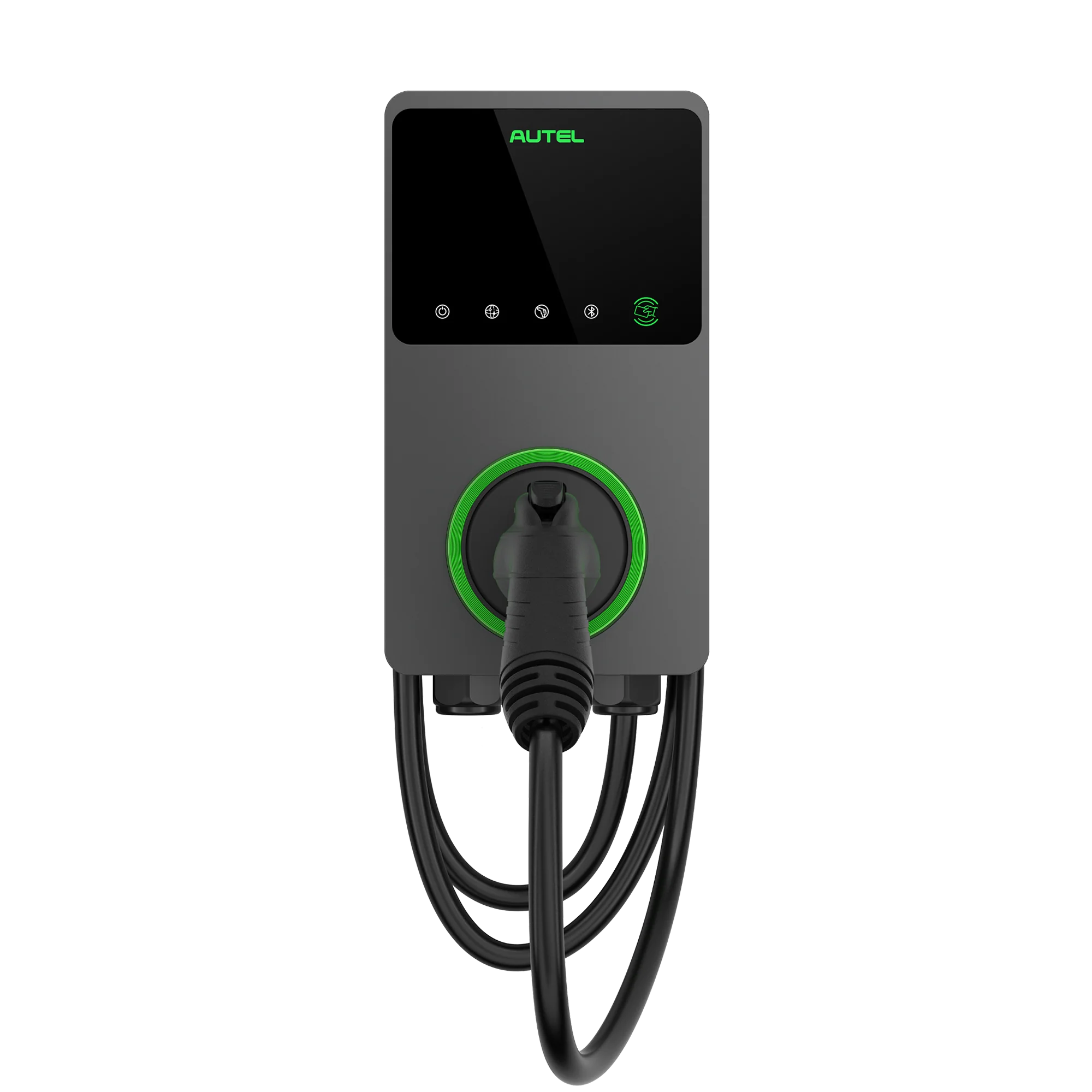
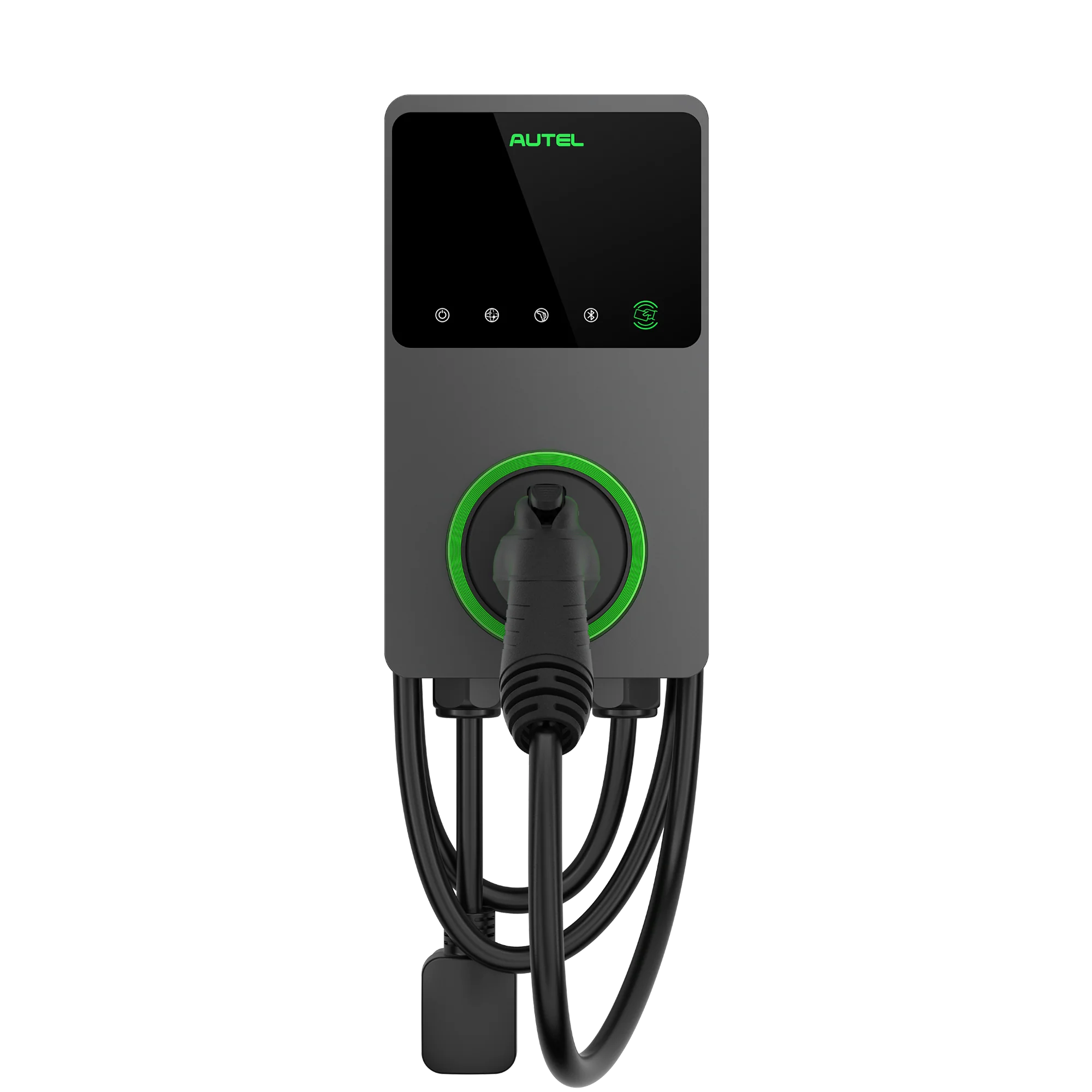
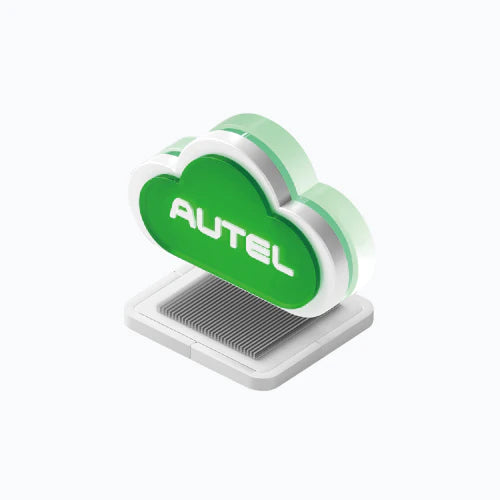
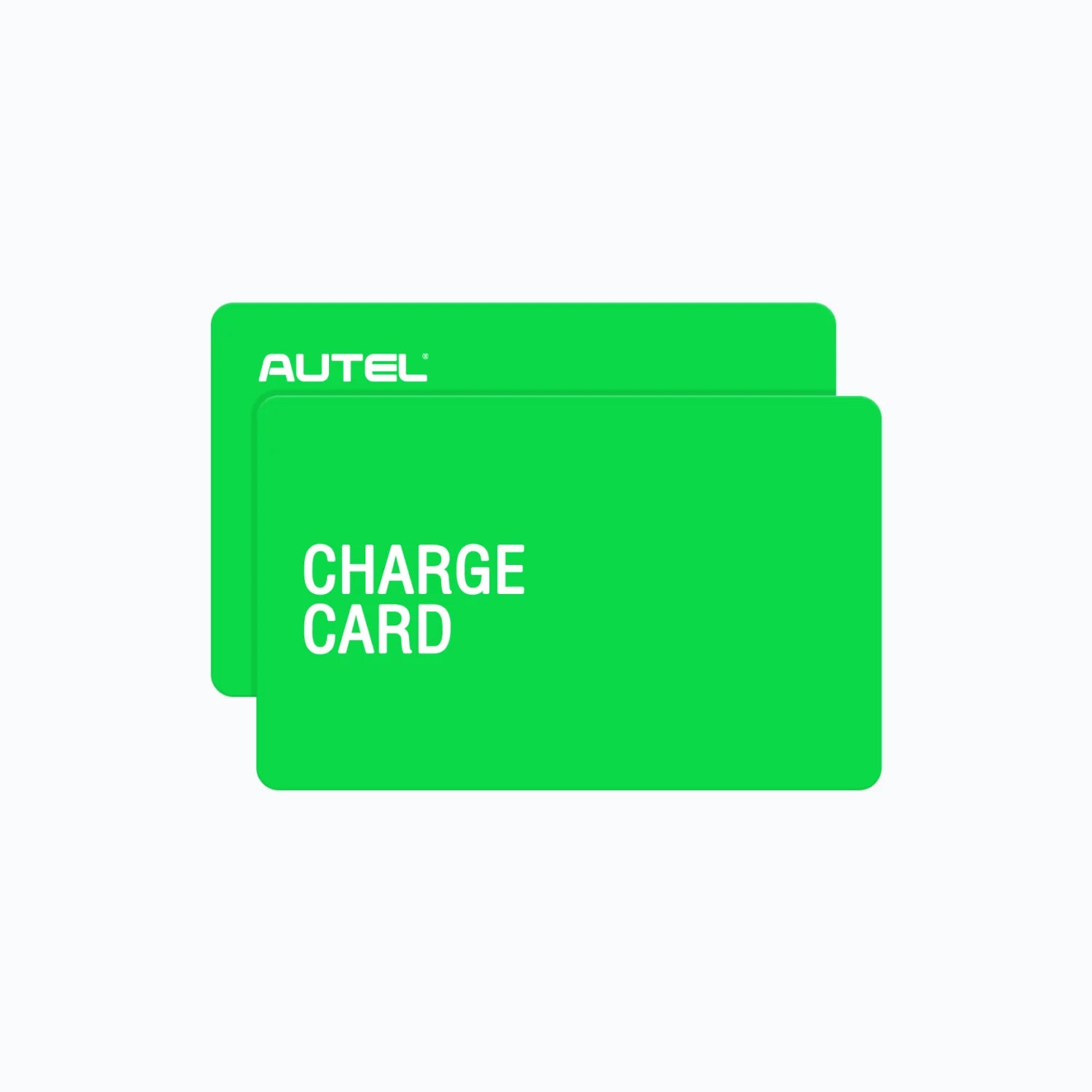
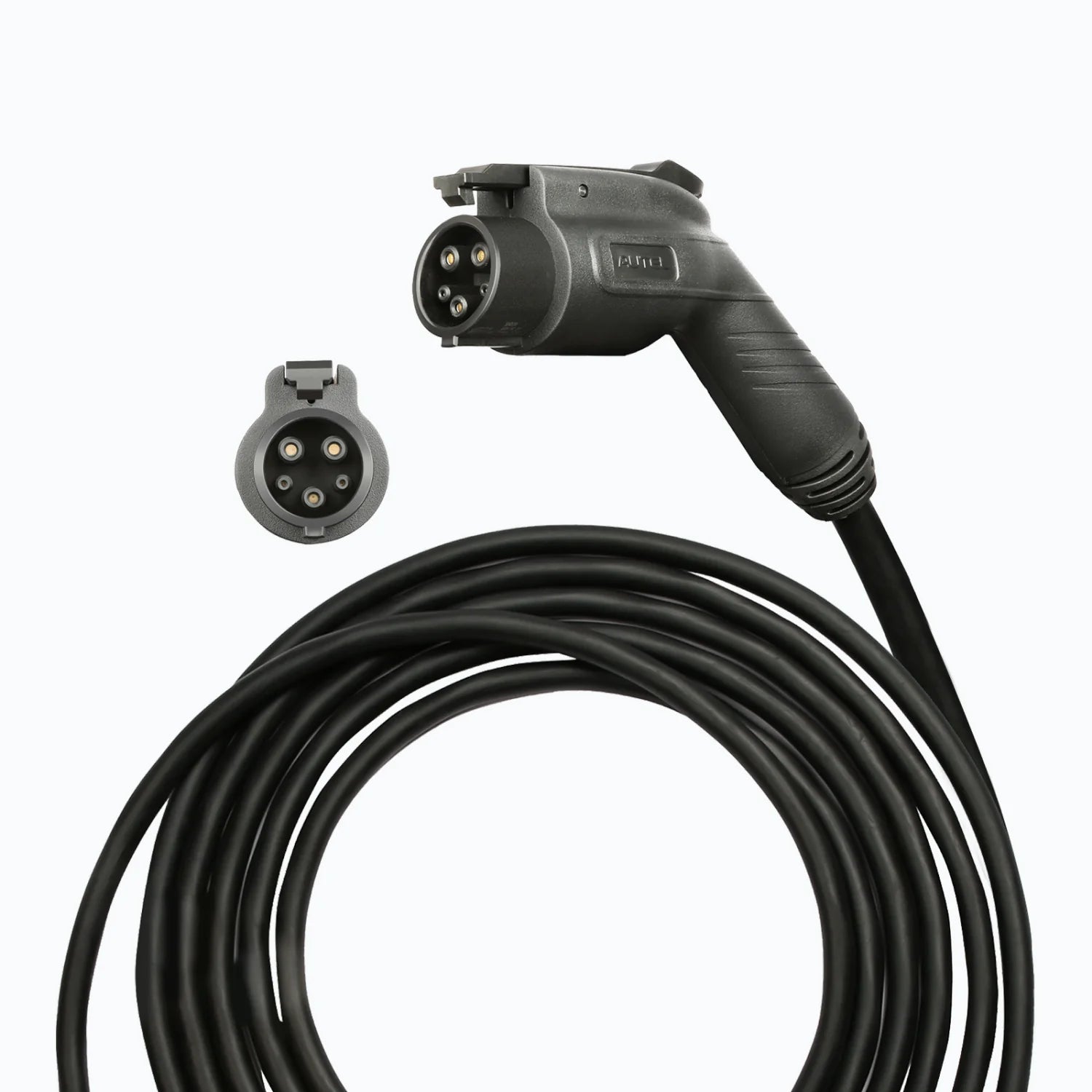
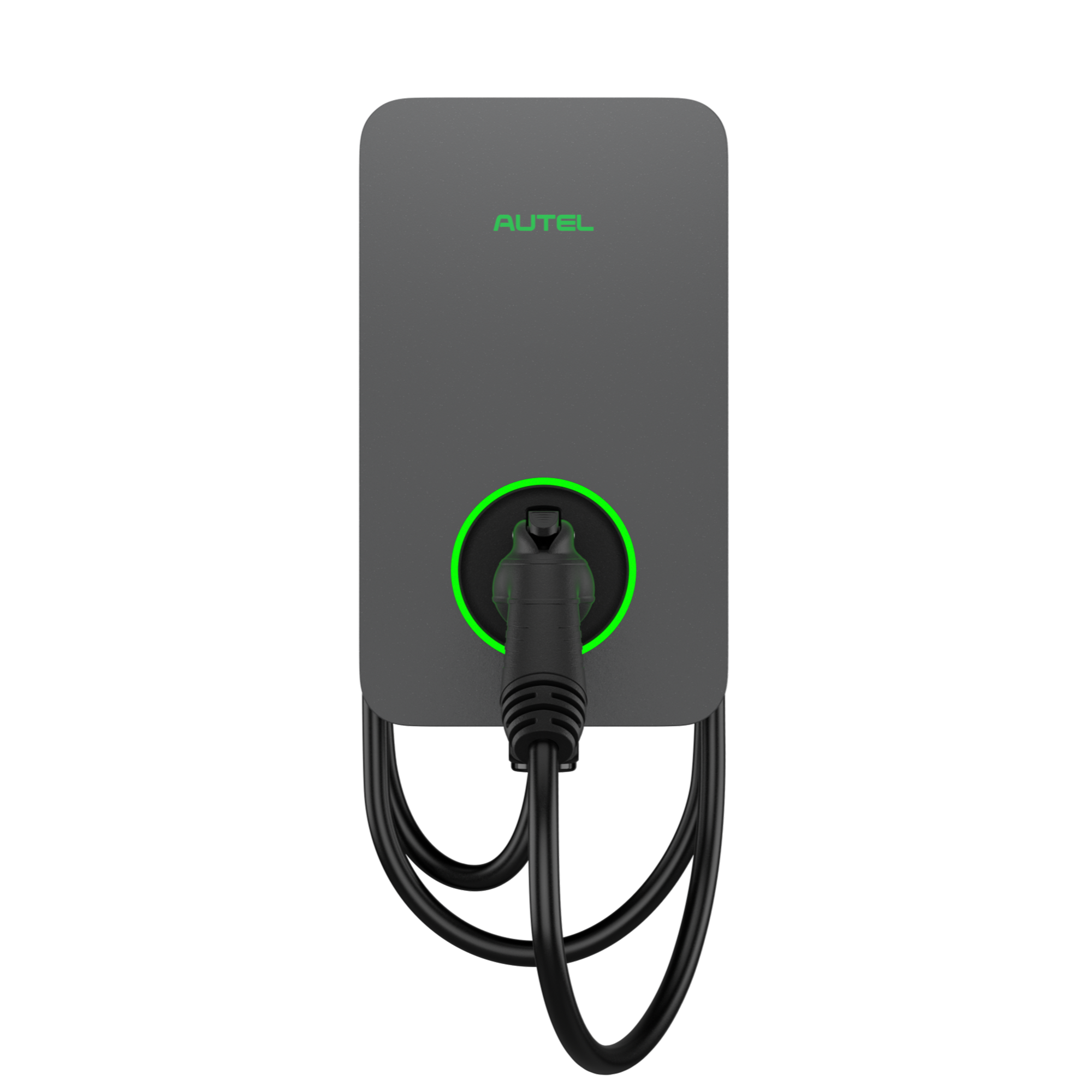

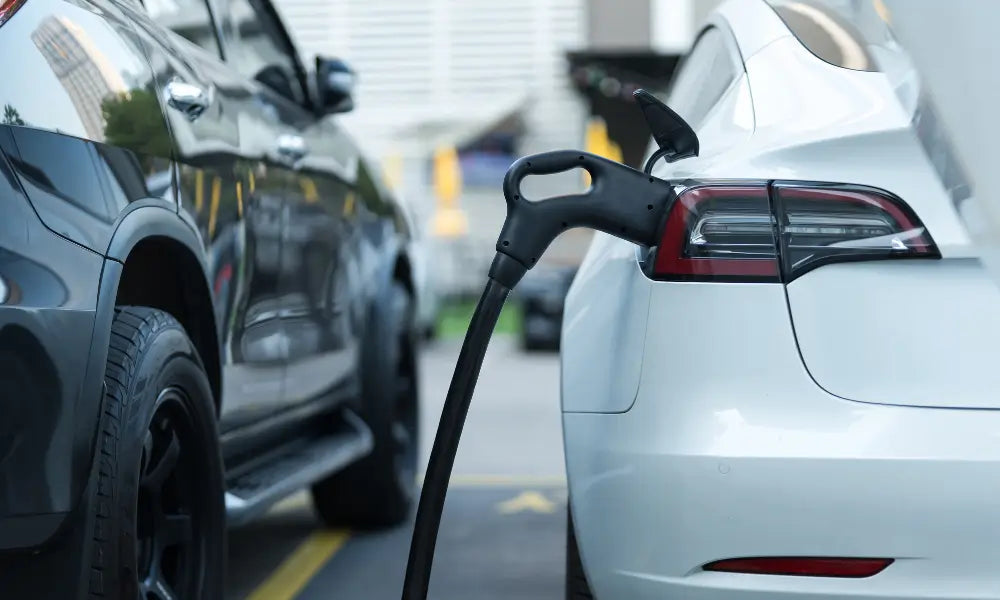
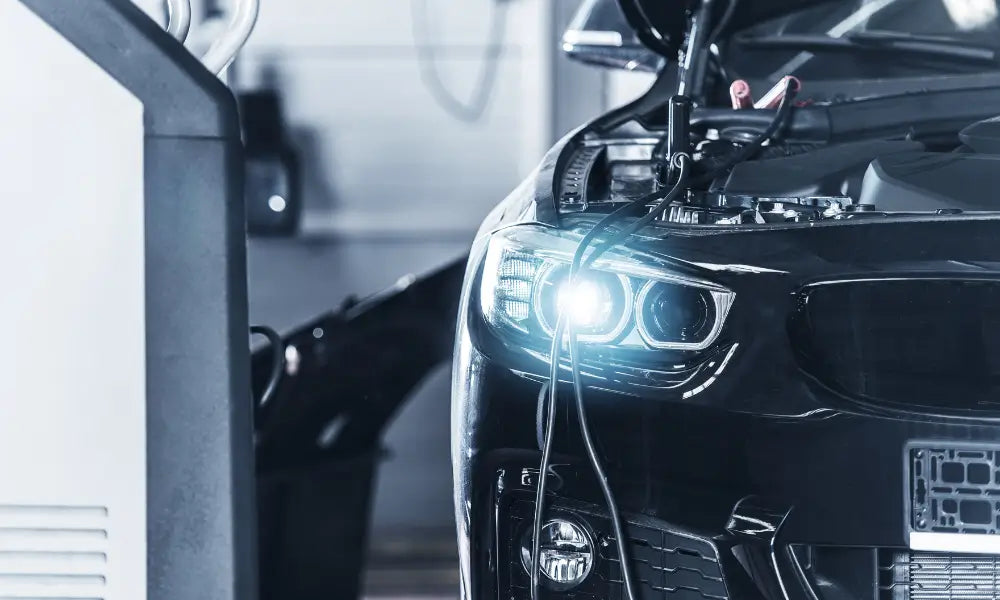
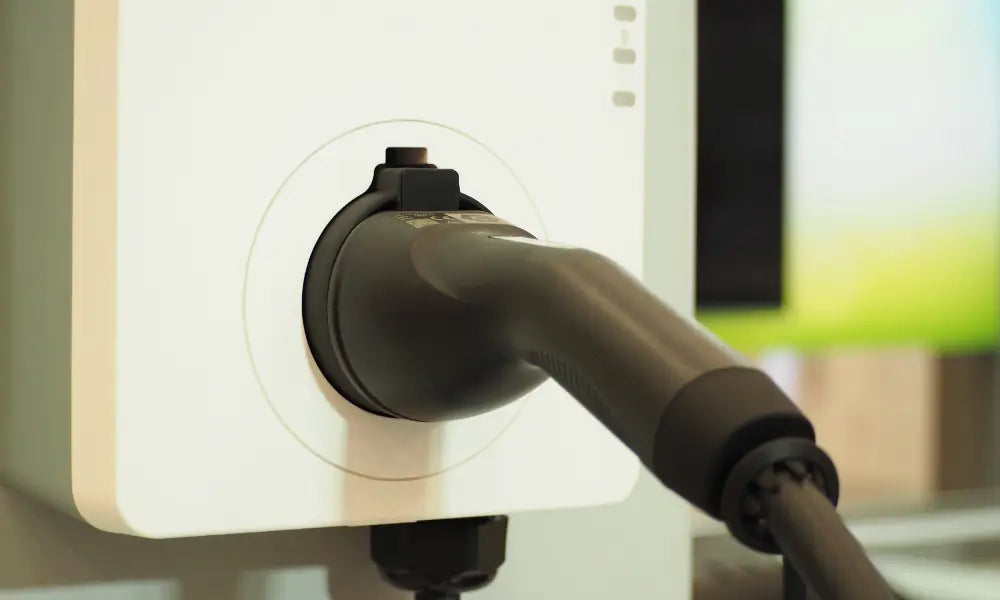
Leave a comment
All comments are moderated before being published.
This site is protected by hCaptcha and the hCaptcha Privacy Policy and Terms of Service apply.